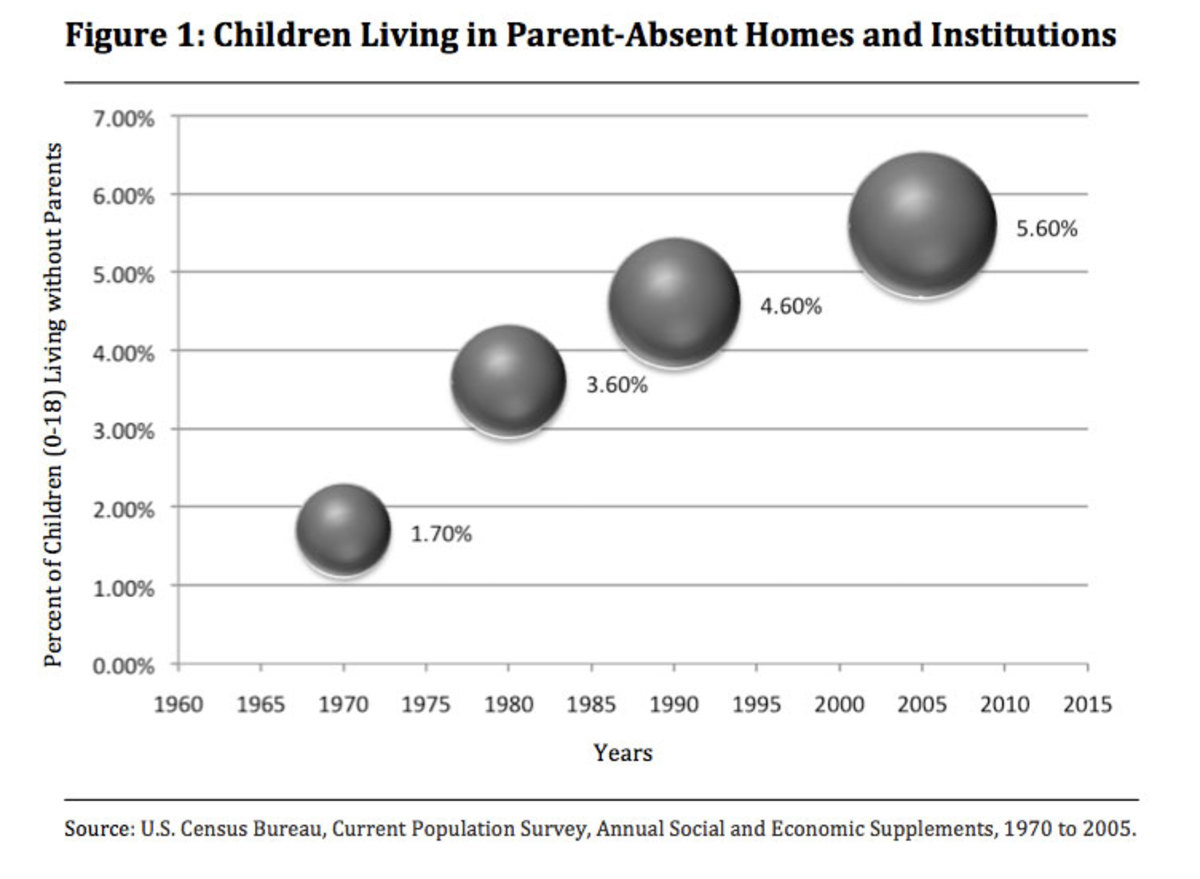Education Amongst Children Living Under the Poverty Line

Based on the facts presented on the KIDS COUNT State-Level Data Online website, I evaluated and discussed the impact of current immigration patterns on school and community conflict.
This website is full of tons of facts regarding measures of child well-being in the United States. On this website you can access
- Data within the bounds of a single state or territory
- Includes community-level data
- Search by location or topic, and
- Create profiles, maps, rankings, line graphs, or raw data
You can also find
- Data spanning the U.S.
- Compare states or cities
- Search by topic, and
- Create maps, rankings, line graphs, or raw data
Having read through the majority of the data on this site comparing US born families and immigrant families, I have noticed a great deal of interesting trends. I could not find any statistics relating specifically to community conflict and immigrant families, but assumptions can easily be made from all of the facts I did discover.
Quick Poll
What interested you in this essay?
Educational Expenses
Comparing data across all states, there were outstanding numbers in just about every state showing that at least 50% of all children in each state had parents that were not US citizens, most of these in California (48%) and in Nevada (38%) than in any other state.
In these same states that had these high numbers, less money was being spent on education per child. This means all schools in the state were getting less money for the education of their children.
These states, with the highest percentage of children with parents that were illegal immigrants, were only spending on average $8,000 per child on educational expenses. Those states that had lower numbers of children of parents that were illegal immigrants were spending close to $12,000 and $13,000 per child on educational expenses.
Income Ranges
This does not surprise me at all. Take a moment to absorb the fact that 50% of parents that have children in the public school systems in most states are paying taxes for themselves as well as the other 50% of children in the system.
I am by no means saying that any one set of people is paying for another. To support this, on average in the United States across all 50 states, 27% of children from immigrant families are currently below the poverty line, whereas, 21% of children from US born families are currently living below the poverty line.
Of those families making an steady income, immigrant families are bringing in, on average across the United States, only $10,000 less per year than US born families. As you will see below, the difference between these two groups is not what you'd expect.

Employment
It was also surprising to find out that, when comparing children of US born families who had 2 parents at home without a job with children of illegal immigrant families, MORE children from US born families had 2 parents without a job than those from illegal immigrant families. Interesting...
Granted, the jobs that illegal immigrant parents have are more along the lines of hard labor and service jobs, which was supported by the statistics showing that many more immigrant families than US born families are considered low-income families in poverty and living in crowded houses.
You'd have to really look at the statistics to determine the minor differences between them.
You saw that the difference was only 6% in poverty ratios, but when comparing both types of families where both parents are working, the difference in percentage is a little higher. Across the US, on average, 36% of children in immigrant families are living in low-income situations, where that number is only 21% for children in US born families.
Conclusion
From this information, we can see that less money is spent on the education of children in high immigrant areas, more of these families have two parents working and may be latch key kids, and more immigrant families than US born families are considered low-income and are living in crowded houses.
I can assume, based on past research I have done over the years, that these students living in low-income areas and crowded homes do not perform quite as well in school and have parents who do not value education due to a lack of education themselves.
They are low-income but have 2 parents working, so the family cannot pay for day care or after-school programs, so these kids are going home to empty houses or siblings and are not being monitored.
All of these factors (low school performance, no parents around and therefore no supervision, and low income areas) provide a perfect environment for higher crime rates and delinquency.
These kids are definitely not in the best environment for successful lives. Even if I could not find specific data showing the effect of trends in immigration on schools and community conflict, the effects are obvious. And these effects are not limited to immigrant families (illegal or otherwise).

My Thoughts
However, we as a country, need to take a bigger role in helping those born in our own country living below the poverty line, and even those coming in to the country, whether we agree on governmental decisions or not, at least in the area of education.
All of the children I've been discussing throughout this article are all US born, regardless of their families standing, and education is such a huge factor in the success of children becoming successful adults.
There's no reason that we should be neglecting any students based on their race, ethnicity, income levels, home environment, or any other factor effecting America's children. All that we are doing by being biased and unfair is creating a bigger problem for the country as a whole.
If we want to be a better, more successful country, we'd better pay more attention to our children.
Quick Poll
Did you like this article? Was it helpful to you?
Related Links
© 2013 Victoria Van Ness










